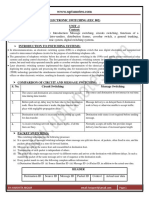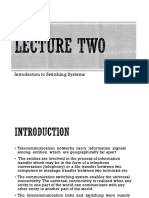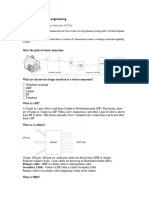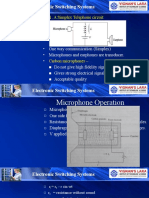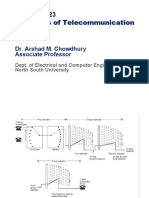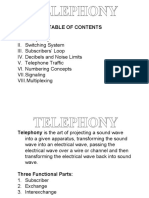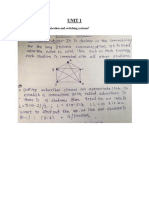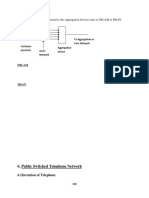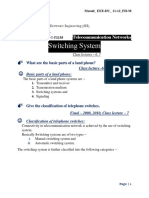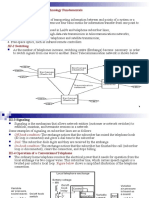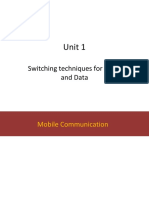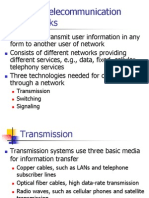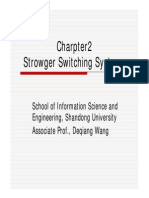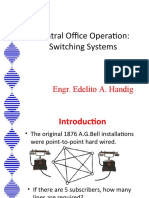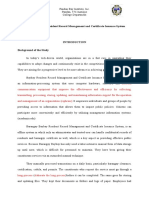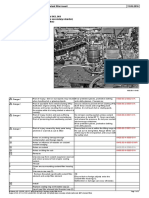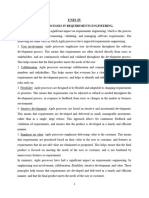0% found this document useful (0 votes)
48 views43 pagesLECTURE 1 Telecom Switching Systems
The document provides an overview of telecom switching systems, detailing their purpose in facilitating communication between subscribers through various types of connections and switching technologies. It classifies switching systems into electromechanical and electronic categories, explaining their operational mechanisms and components, such as control subsystems and signaling methods. Additionally, it discusses network types, design parameters, and the significance of minimizing blocking probabilities to ensure efficient communication.
Uploaded by
createsanuragCopyright
© © All Rights Reserved
We take content rights seriously. If you suspect this is your content, claim it here.
Available Formats
Download as PDF, TXT or read online on Scribd
0% found this document useful (0 votes)
48 views43 pagesLECTURE 1 Telecom Switching Systems
The document provides an overview of telecom switching systems, detailing their purpose in facilitating communication between subscribers through various types of connections and switching technologies. It classifies switching systems into electromechanical and electronic categories, explaining their operational mechanisms and components, such as control subsystems and signaling methods. Additionally, it discusses network types, design parameters, and the significance of minimizing blocking probabilities to ensure efficient communication.
Uploaded by
createsanuragCopyright
© © All Rights Reserved
We take content rights seriously. If you suspect this is your content, claim it here.
Available Formats
Download as PDF, TXT or read online on Scribd
/ 43


